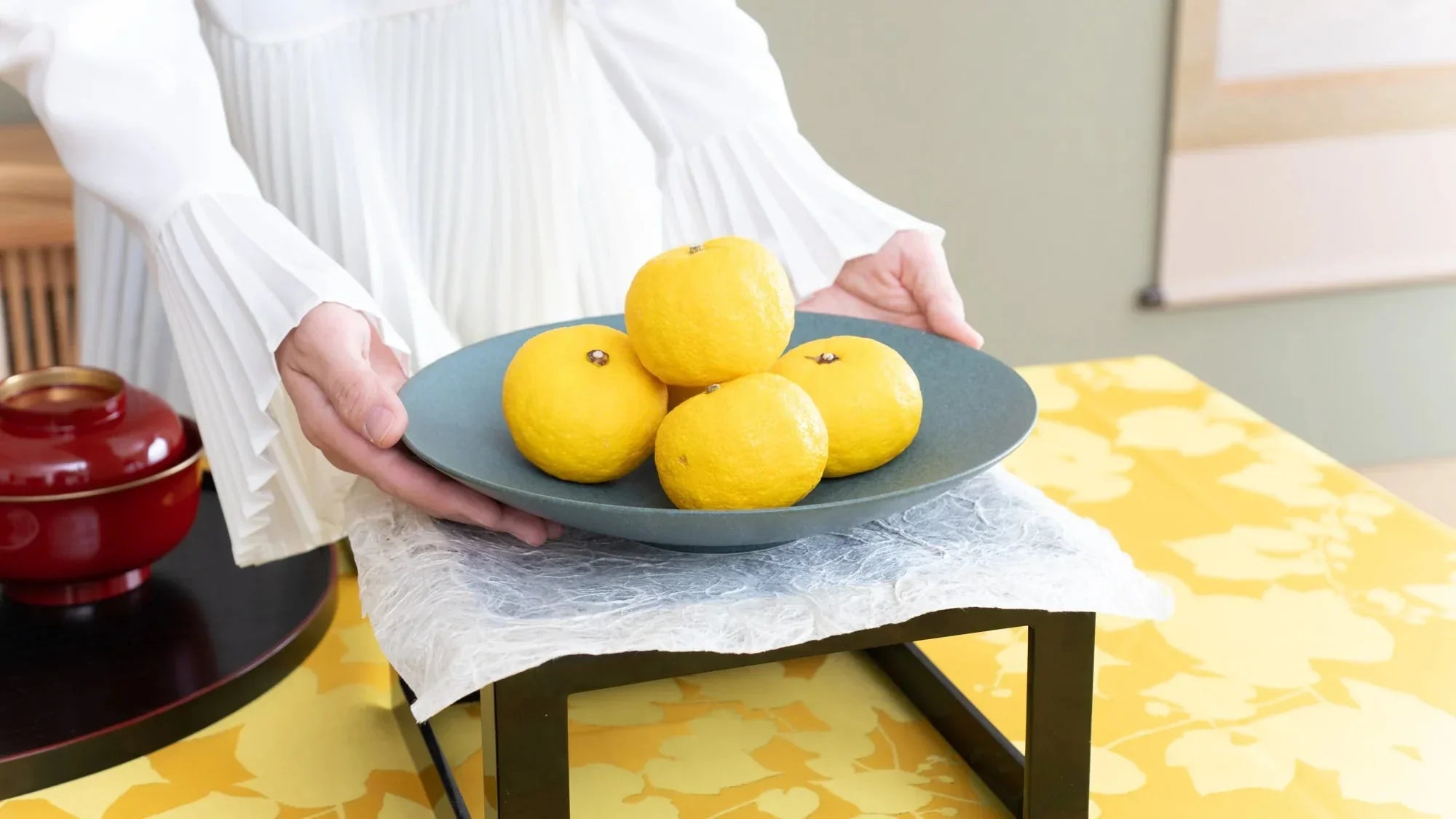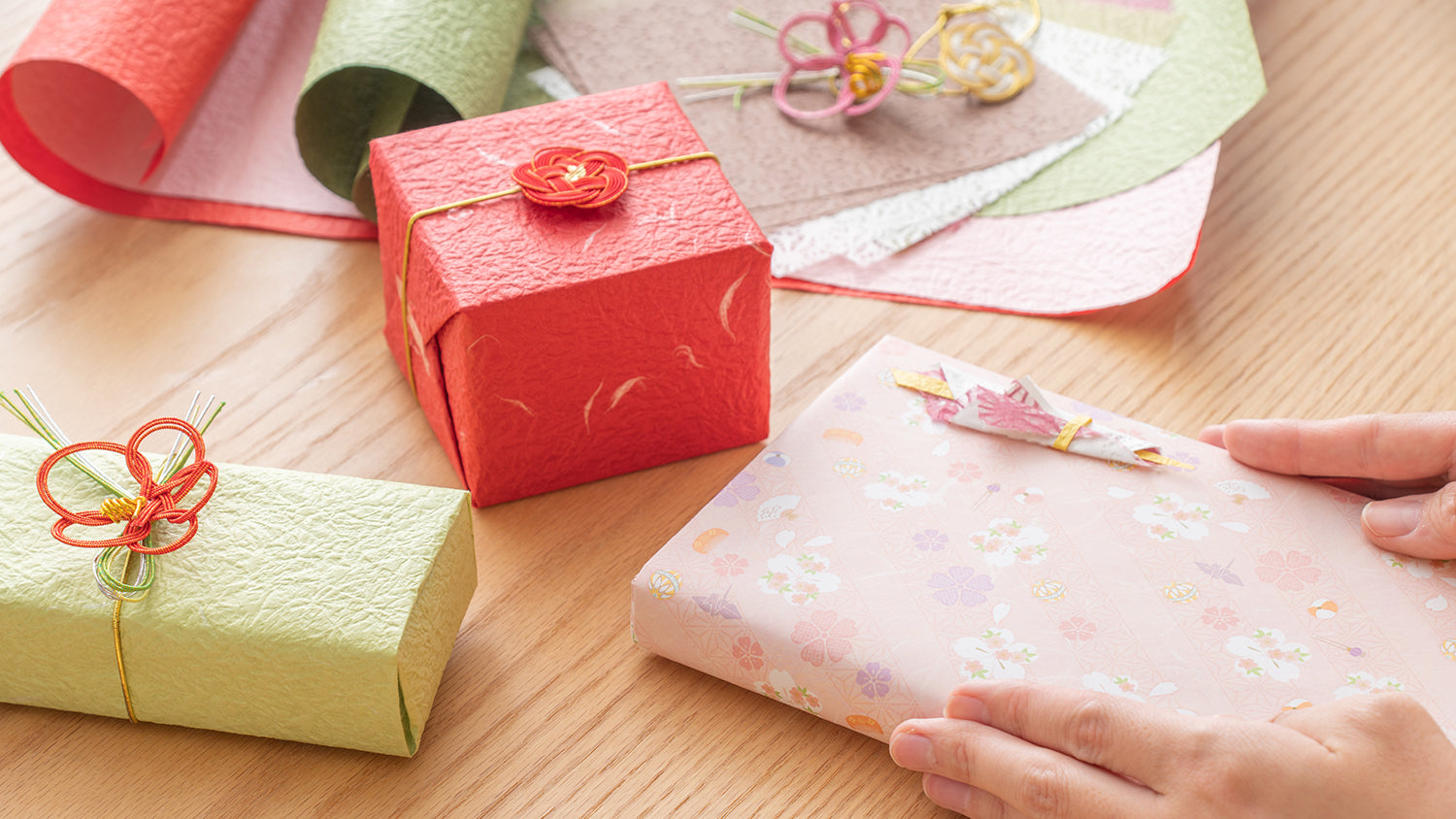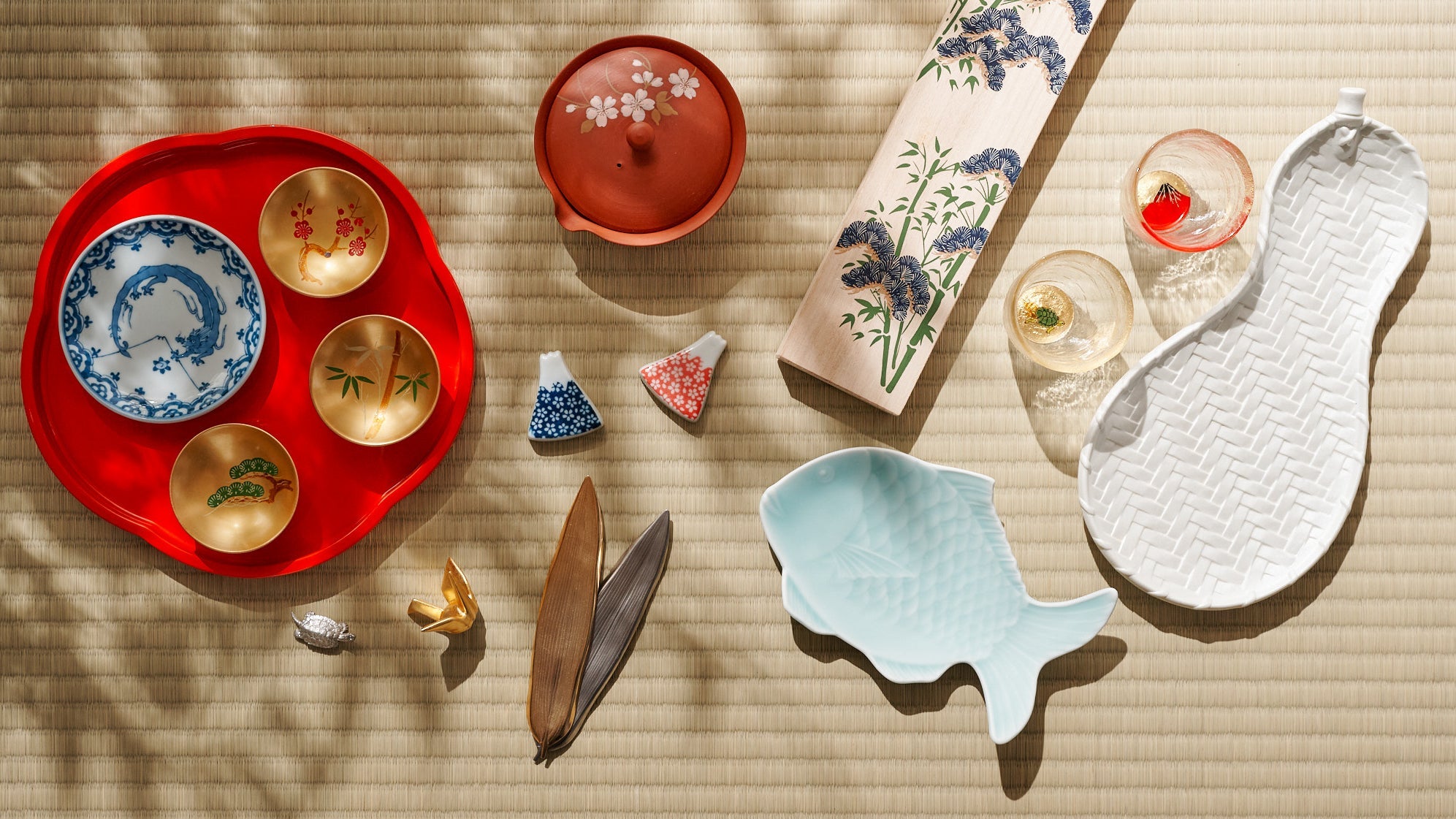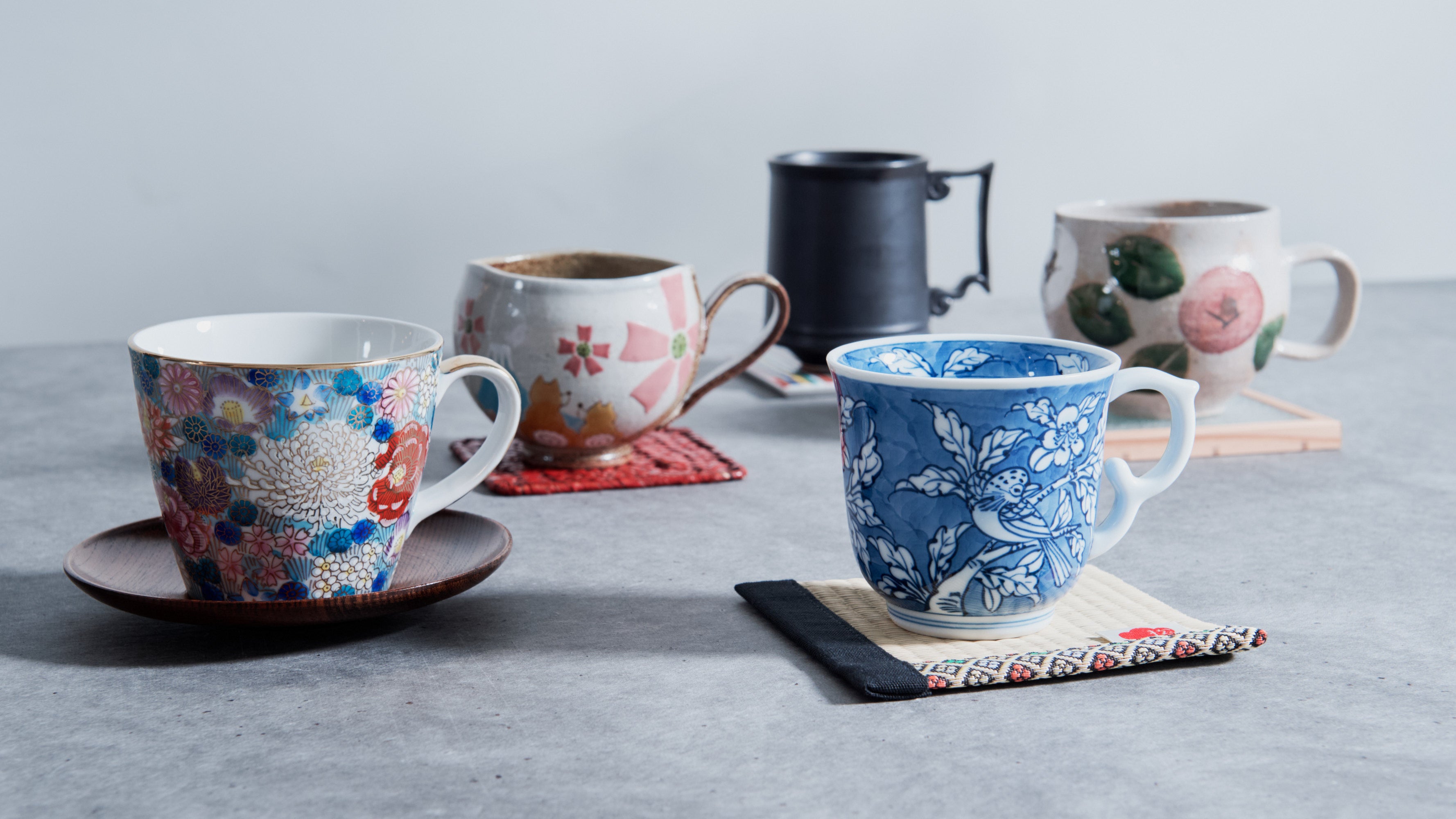
Celebrating Toji: The Winter Solstice in Japanese Culture
Written by Team MUSUBI
As the end of the year approaches and the evenings grow dark earlier, we prepare for the winter solstice's arrival. In Japan, this time, known as Toji, is distinguished by traditions such as bathing in yuzu-scented hot water and savoring pumpkin dishes pumpkin. There are intriguing reasons behind these unique cultural practices in Japan, which are worth exploring to understand their significance and origins.
tables of contents
What is Toji?

The winter solstice is also known as Ichiyou Raifuku, which signifies the return of the sun's warmth. In ancient China and Japan, the winter solstice was feared as the day when the sun's power was at its weakest. Yet, it was also considered a time when the sun began to regain its strength, symbolizing an upward turn.
The timing of the winter solstice is determined by the sun's position and is thus a universal occurrence. Ancient civilizations with a long history of astronomy, like Mesopotamia and China, had periods when the solstice and the days around it marked the new year's beginning. It's fascinating that across different regions, religions, and cultures, unique customs have developed around this global event.
Yuzu Bath Tradition

Indeed, yuzu peel contains citric acid and vitamin C, which are known to aid in fatigue recovery. It has been traditionally said that "taking a yuzu bath will prevent colds for a year," and its benefits for improving blood circulation and alleviating cold sensitivity have been scientifically proven. Why not take a moment on the winter solstice to rejuvenate yourself with a relaxing yuzu bath?
For a yuzu bath, you can either put whole yuzu into the hot water or cut them into slices or halves for a stronger fragrance and release of their beneficial properties. However, doing so can result in seeds and pulp floating in the bathtub after some time, so it's easier to clean up if you put them in a gauze bag.
Pumpkin Traditions

Pumpkins are rich in vitamins, minerals, calcium, and dietary fiber. In times past, it wasn't easy to consume vegetables year-round, so eating nutritious, storable pumpkins on the winter solstice was a way for Japanese ancestors to prepare for the harsh winter.
Fortune-filled Foods Ending with "N"
It is also said to be good to eat foods ending with the syllable "n" during the winter solstice. These foods are considered to bring good fortune, known as Un mori in Japanese. Foods with two "n" sounds are believed to double one's fortune and are auspicious, referred to as Toji no Nanakusa, or the seven herbs of the winter solstice.
The seven include:
- udon "noodle"
- kanten "agar"
- kinkan "kumquat"
- ginnan "ginkgo"
- nankin "pumpkin"
- ninjin "carrot"
- renkon "lotus root"
To prepare for the New Year

The new year is on the horizon. Let's prepare for it, hoping for a good one ahead.






Leave a comment
This site is protected by hCaptcha and the hCaptcha Privacy Policy and Terms of Service apply.